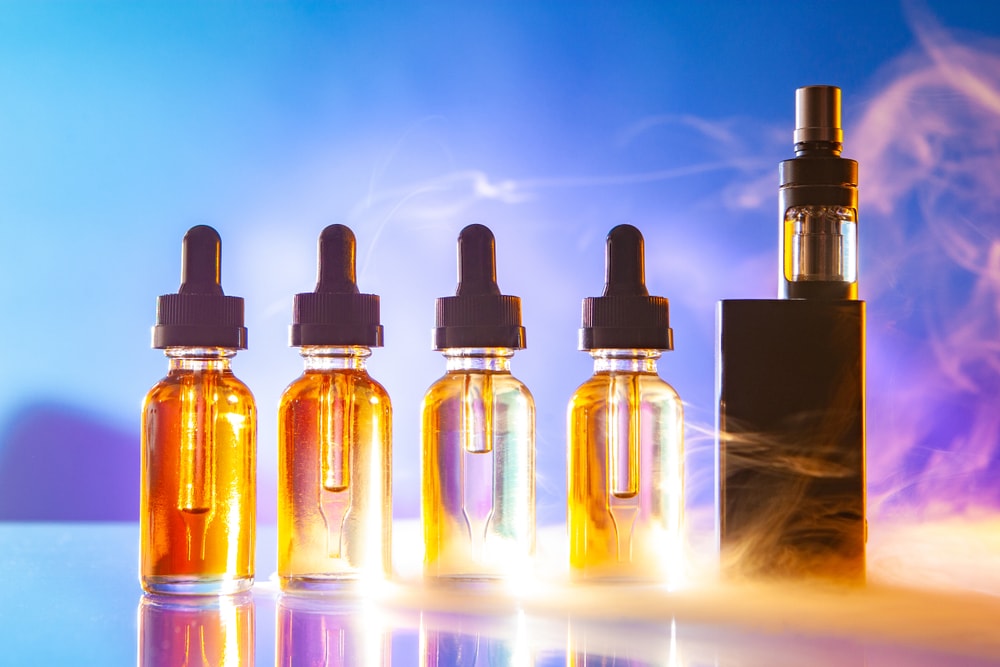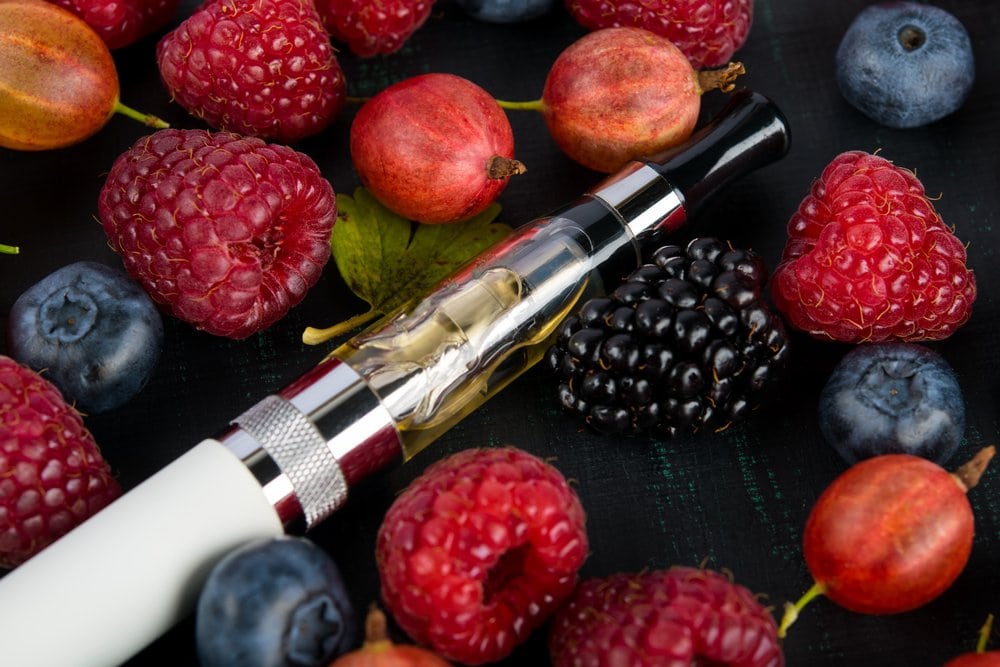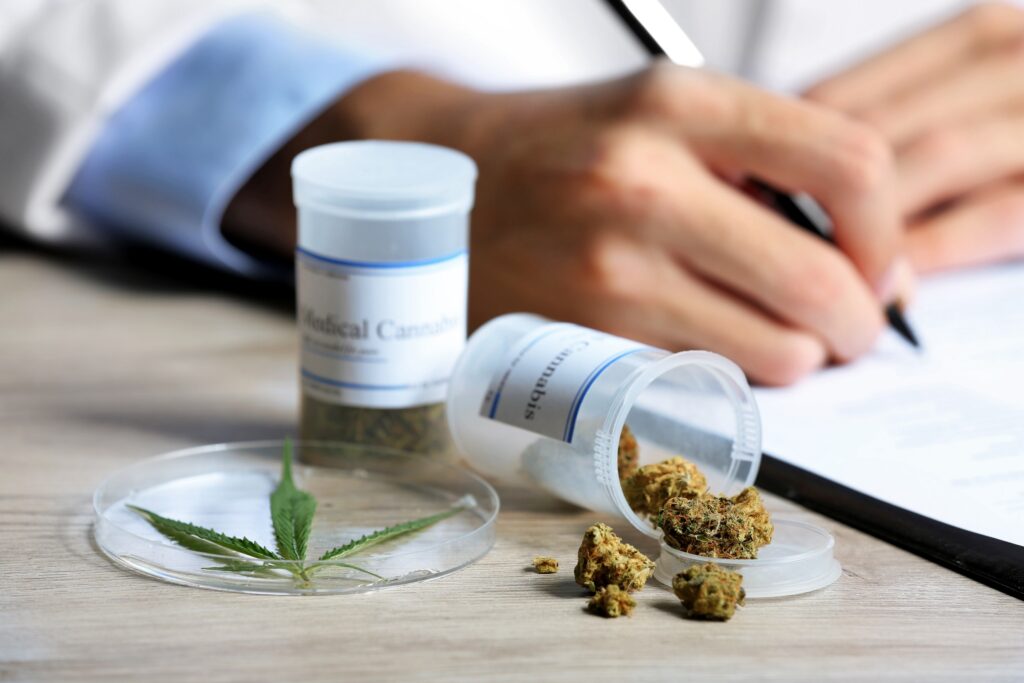Testimony in Support of Authorizing Pharmacists to Dispense HIV Prevention Medication in Arkansas
Testimony from:
Chelsea Boyd, Research Fellow, Harm Reduction, R Street Institute
IN SUPPORT of HOUSE BILL 1007, “AN ACT TO AUTHORIZE PHARMACISTS TO DISPENSE HIV PREEXPOSURE AND POSTEXPOSURE PROPHYLAXIS; AND FOR OTHER PURPOSES.”
February 28, 2023
House Public Health, Welfare and Labor Committee
Chair Ladyman, Vice Chair Ferguson, and honorable members of the committee:
My name is Chelsea Boyd, and I am an Integrated Harm Reduction research fellow at the R Street Institute (RSI), which is a nonprofit, nonpartisan, public policy research organization. Our mission at RSI is to engage in policy research and outreach to promote free markets and limited, effective government in many areas, including public health and harm reduction. That is why House Bill 1007 is of interest to us.
In many areas, pharmacies are among the most accessible locations to receive healthcare. In fact, according to estimates from the Centers for Disease Control and Prevention (CDC), 90 percent of the U.S. urban population lives within two miles of a pharmacy, and 70 percent of the rural population lives within 15 miles of a pharmacy.[1] Pharmacists are also highly trained medical professionals, and the United States Surgeon General and the CDC have recognized that pharmacists are clinicians who can expand the preventive care workforce and improve population health.[2]
Pharmacies have begun offering a number of preventive services including vaccination administration, medication therapy management, and point-of-care testing (POC) for diabetes, cardiovascular diseases and infectious diseases.[3] This expanded role of pharmacists positions them to provide other services, including many harm reduction ones. Harm reduction encompasses a pragmatic set of strategies to reduce negative outcomes from risky behaviors.[4] Drug use and sexual health are two areas where harm reduction strategies are particularly effective and where pharmacies could have a significant impact if they were to offer such services.
Medications that can help people protect themselves from contracting HIV have changed the landscape of HIV prevention efforts. Pre-exposure prophylaxis (PrEP) is a pill or shot taken to prevent HIV infection.[5] Post-exposure prophylaxis (PEP) differs from PrEP in that it is used to prevent HIV after a known exposure.[6] PEP should be used only in emergency situations, and a patient must begin treatment within 72 hours of exposure.[7] Both are highly effective at preventing HIV infection.[8] The CDC estimates that only 25 percent of the 1.2 million people for which PrEP is recommended have received a prescription, highlighting an opportunity to improve access through pharmacies.[9]
Arkansas HB 1007 is similar to California Senate Bill No. 159, passed in 2019, which made California the first state to allow pharmacists to prescribe PrEP and PEP.[10] The law specifies that pharmacists must complete a training program approved by the California State Board of Pharmacy to obtain certification before prescribing these medications.[11] Notably, the bill still requires physician involvement, as pharmacists are restricted to providing each patient a 60-day prescription for PrEP every two years and a 28-day supply of PEP with no restrictions on frequency.[12] The bill also requires pharmacists to comply with CDC guidelines for prescribing these medications and requires referral to a primary care physician to furnish refills of PrEP.[13] Additionally, the bill mandates that pharmacists be reimbursed at 85 percent of the rate of physicians for providing PrEP and PEP services.[14] Since California expanded access to PrEP and PEP, nine other states have since allowed pharmacists to directly prescribe PrEP and PEP.[15]
Because policies allowing pharmacy-initiated PrEP were implemented fairly recently, few studies have evaluated the impact of these programs. One recent study of two pharmacy sites found that 33 percent of people who were initiated on PrEP by a pharmacist remained in care one year later, and there were no new cases of HIV among the people engaged in PrEP treatment.[16] Another study from 2019 found that patients engaged in a pharmacy PrEP access program would recommend the program to others.[17] The 2019 study also retained 28 percent of participants in treatment after 12 months and no participants received new HIV diagnoses while engaged in care.[18] Finally, at a macro level, a 2022 non-peer-reviewed study suggests that states that granted pharmacists prescriptive authority of PrEP saw a significant increase in PrEP prescriptions compared to states where pharmacists could not prescribe the medication.[19]
Pharmacist-initiated PrEP and PEP is an excellent policy to promote harm reduction and expand access to care for people who may not otherwise engage with treatment. In 2020, Arkansas had 172 medically underserved areas, with 63 of these being whole counties.[20] Expanding access to PrEP through pharmacies could help people all across the state, but it could especially help those in areas where care is more difficult to access. PrEP and PEP have made preventing HIV significantly easier, and policy initiatives should support greater access. House Bill 1007 does just this.
Chelsea Boyd
Research Fellow, Integrated Harm Reduction
R Street Institute
202-525-5717
[email protected]
[1] Kimberly McKeirnan et al., “Addressing Barriers to HIV Point-of-Care Testing in Community Pharmacies,” Pharmacy 9:2 (April 16, 2021). https://www.mdpi.com/2226-4787/9/2/84.
[2] Eric K. Farmer et al., “The Pharmacist’s Expanding Role in HIV Pre-Exposure Prophylaxis,” AIDS Patient Care and STDs 33:5 (May 6, 2019). https://www.liebertpub.com/doi/abs/10.1089/apc.2018.0294.
[3] Amy C. Min et al., “Pharmacist Comfort and Awareness of HIV and HCV Point-of-Care Testing in Community Settings,” Health Promotion Practice 21:5 (July 1, 2019), pp. 831-837. https://journals.sagepub.com/doi/abs/10.1177/1524839919857969.
[4] “Principles of Harm Reduction,” National Harm Reduction Coalition, last accessed Feb. 27, 2023. https://harmreduction.org/about-us/principles-of-harm-reduction.
[5] “About PrEP,” Centers for Disease Control and Prevention, last accessed Feb. 27, 2023. https://www.cdc.gov/hiv/basics/prep/about-prep.html.
[6] “PEP: Post-Exposure Prophylaxis,” Centers for Disease Control and Prevention, May 25, 2021. https://www.cdc.gov/hiv/basics/pep.html.
[7] Ibid.
[8] “PrEP Effectiveness,” Centers for Disease Control and Prevention, June 6, 2022. https://www.cdc.gov/hiv/basics/prep/prep-effectiveness.html; “PEP: Post-Exposure Prophylaxis.” https://www.cdc.gov/hiv/basics/pep.html.
[9] “PrEP for HIV Prevention in the U.S.,” Centers for Disease Control and Prevention, Nov. 23, 2021. https://www.cdc.gov/nchhstp/newsroom/fact-sheets/hiv/PrEP-for-hiv-prevention-in-the-US-factsheet.html.
[10] Roderick Hopkins et al., “Support and Perceived barriers to implementing pre-exposure prophylaxis screening and dispensing in pharmacies: Examining concordance between pharmacy technicians and pharmacists,” Journal of the American Pharmacists Association 61:1 (January–February 2021), pp. 115-120. https://www.sciencedirect.com/science/article/abs/pii/S1544319120304891.
[11] Ibid.
[12] Kimberly A. Koester et al., “Attitudes about community pharmacy access to HIV prevention medications in California,” Journal of the American Pharmacists Association 60:6 (November–December 2020), pp. e179-e183. https://www.sciencedirect.com/science/article/pii/S1544319120302715.
[13] Ibid.
[14] Maria I. Lopez et al., “Community pharmacy delivered PrEP to STOP HIV transmission: An opportunity NOT to miss!,” Journal of the American Pharmacists Association 60:4 (July–August 2020), pp. e18-e24. https://www.sciencedirect.com/science/article/pii/S154431912030039X.
[15] “Pharmacist Prescribing: HIV PrEP and PEP,” National Alliance of State Pharmacy Associations, Dec. 9, 2022. https://naspa.us/resource/pharmacist-prescribing-hiv-prep-and-pep.
[16] Trisha A. Miller et al., “Implementation of pharmacist-led HIV pre-exposure prophylaxis management to increase access to care at an academic internal medicine practice,” Journal of the American College of Clinical Pharmacy 5:9 (September 2022), pp. 988-994. https://accpjournals.onlinelibrary.wiley.com/doi/abs/10.1002/jac5.1667.
[17]Joshua P. Havens et al., “Acceptability and Feasibility of a Pharmacist-Led Human Immunodeficiency Virus Pre-Exposure Prophylaxis Program in the Midwestern United States,” Open Forum Infectious Diseases 6:10 (October 2019). https://www.ncbi.nlm.nih.gov/pmc/articles/PMC6765348.
[18] Ibid.
[19] Anna Wells and Amanda Nguyen, “Greater Pharmacist Prescribing Authority Improves Patient Access: A Case Study on PrEP for HIV,” GoodRxHealth, Nov. 2, 2022. https://www.goodrx.com/healthcare-access/research/pharmacist-prescriber-authority-hiv-prep.
[20] Quinyatta P. Mumford et al., “Primary Care Needs Assessment of Arkansas,” Arkansas Department of Health, 2020. https://www.healthy.arkansas.gov/images/uploads/pdf/Office_of_Rural_Health_and_Primary_Care_Primary_Care_Needs_Assessment.pdf.









